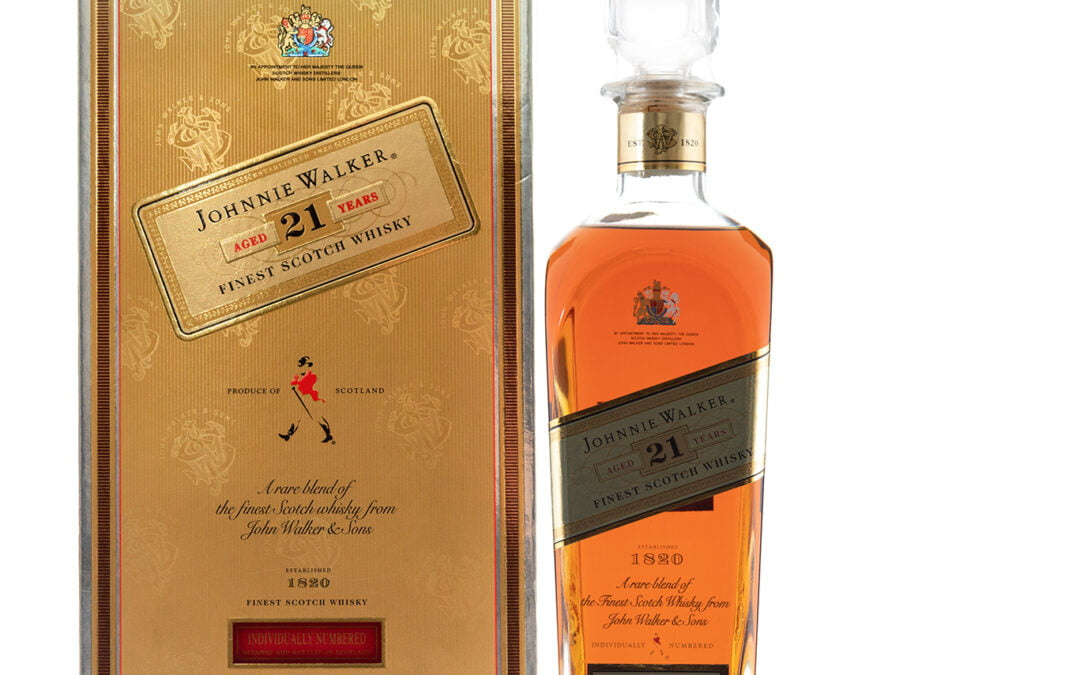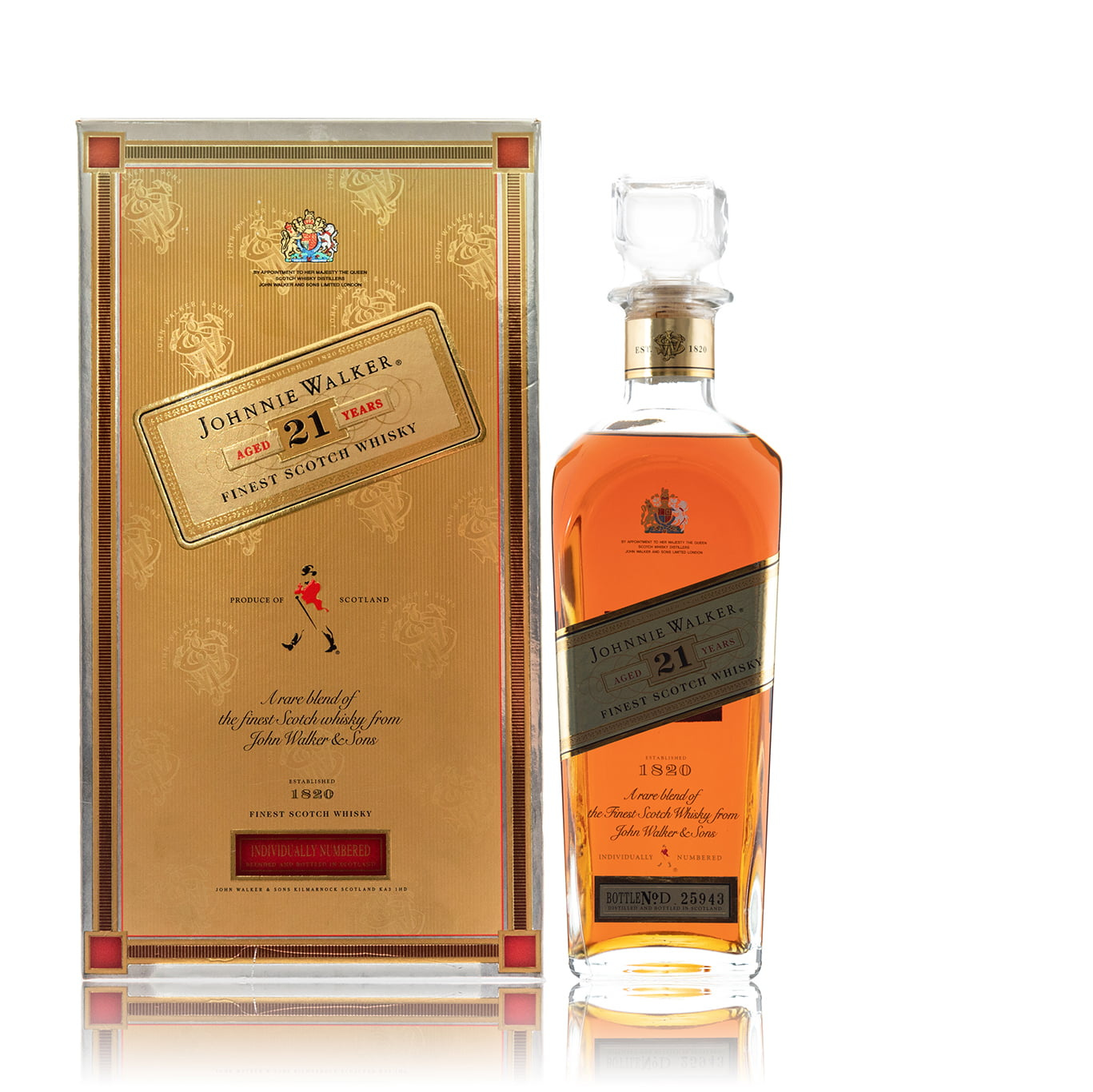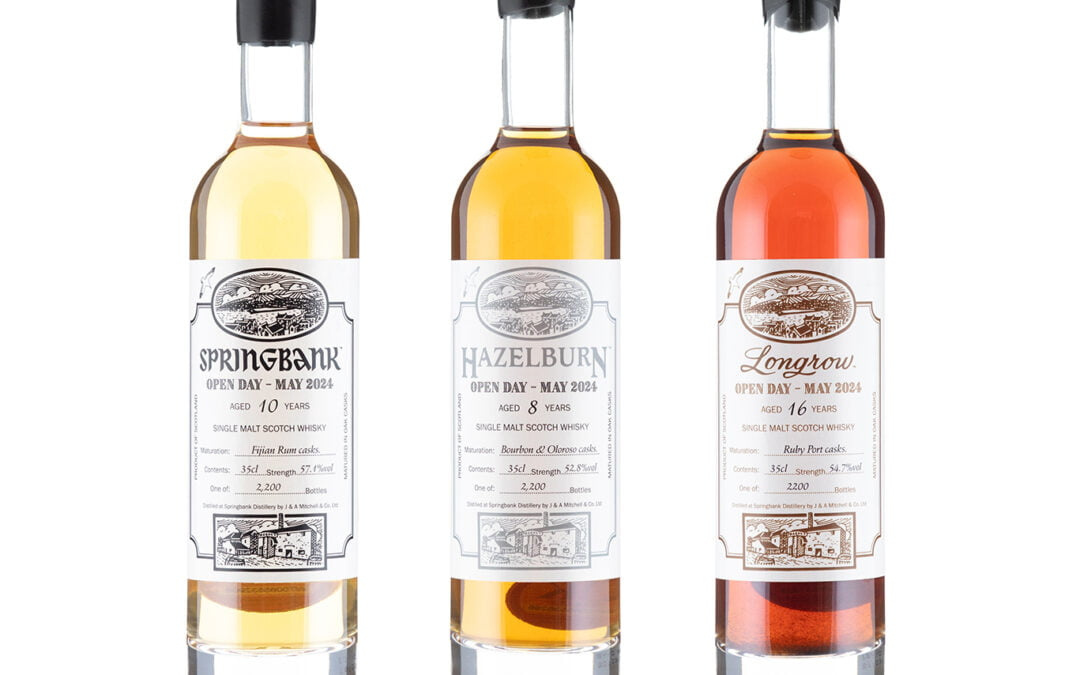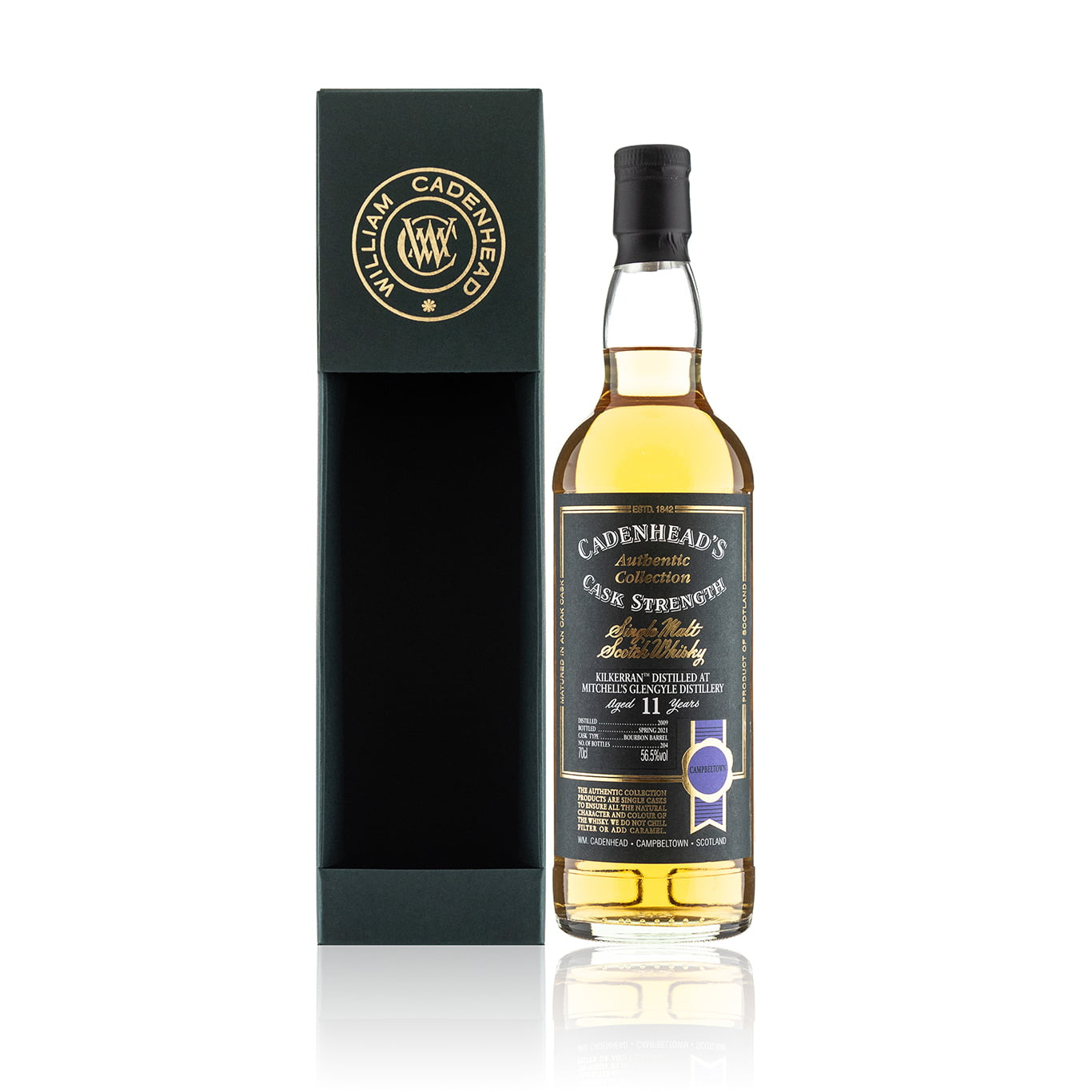No Results Found
The page you requested could not be found. Try refining your search, or use the navigation above to locate the post.

There’s something magical about a drink that doesn’t just sit in your glass, but starts a conversation, a whisky that sparks curiosity, nostalgia, and reflection. For whisky enthusiasts and curious sippers alike, Filey Bay Yorkshire Day 2020 is that rare gem. Limited in production, rich in flavour, and infused with the spirit of Yorkshire, it’s a drink that transforms an ordinary evening into an extraordinary experience.
Pour a glass of Filey Bay Yorkshire Day 2020 and notice how it seems to demand attention. Its deep amber hue glows like a Yorkshire sunset, hinting at the care and time invested in its creation. With only 1,500 bottles released, this limited edition is a collector’s dream and an invitation to slow down and savour every moment.
It’s the kind of whisky that encourages thoughtful conversations, the ones that linger long after the glass is empty. As you take that first sip, layers of flavour unfold: sweet vanilla, rich toffee, dark chocolate, and ripe red fruits, complemented by subtle spice and a warming, long finish. Each sip is a journey, evoking the breezy cliffs of Filey Bay and the rugged charm of Yorkshire itself.
What makes this whisky special isn’t just its ability to spark conversation, it’s the rarity and craftsmanship behind it. Produced at the Spirit of Yorkshire Distillery in Hunmanby, near Filey Bay, it’s Yorkshire’s first single malt whisky distillery. Each bottle represents meticulous care: locally sourced barley, careful fermentation, and a marriage of PX sherry and ex-bourbon casks. The STR (Shaved, Toasted, Re-charred) cask finish adds depth, complexity, and a subtle smoky layer that sets it apart from ordinary releases.
The limited production of 1,500 bottles makes it an exclusive experience. Owning or sharing a bottle is not just about taste, it’s about being part of a rare moment, a story that’s as much about tradition and place as it is about flavour.
Holding a glass of Filey Bay Yorkshire Day 2020 is like holding a piece of Yorkshire itself. The deep amber colour, the aromatic bouquet of dark chocolate, plums, and vanilla, and the intricate balance of sweetness, spice, and warmth make it a multisensory experience. Each sip reveals new layers, encouraging mindfulness and presence, qualities that naturally lead to thoughtful, engaging conversations.
Whether you’re a whisky connoisseur or someone who enjoys the occasional tipple, this release reminds us that a drink can be more than liquid in a glass. It can be a catalyst for connection, reflection, and discovery.

Whisky can feel like a world of its own, with a long history, unique flavors, and traditions that sometimes seem overwhelming to newcomers. When you’re stepping into this world for the first time, every sip matters, and so does the way you approach it. Among the many distilleries that carry Scotland’s heritage forward, Benromach holds a special place. If you’re planning to try it for the first time, there are a few simple but valuable tips that can make the experience much more rewarding.
You want to find out how to taste, enjoy, and appreciate your dram like a seasoned enthusiast, without getting lost in the jargon or pressure of knowing “everything” about whisky culture?
Let’s do that.
.

Before pouring a glass, think about what you’ve recently eaten or drunk. Strong flavors like spicy food, coffee, or overly sweet desserts can overpower subtle whisky notes. If possible, approach your first sip with a neutral palate. A glass of water beforehand helps reset your taste buds so you can fully experience the whisky’s character.
The glass you use can significantly influence your experience. A tulip-shaped glass, such as a Glencairn or Copita, is ideal because it concentrates the aromas. Standard tumblers may look stylish, but they don’t allow you to capture the intricate scents that make whisky so fascinating. If you don’t own a specialized glass, even a small wine glass will serve better than a flat-bottom tumbler.
Whisky appreciation begins with the eyes. Hold your glass up to the light and notice the color. The golden hues tell a story of how long it’s been aged and the type of casks used. Swirl it gently and observe the “legs” or streaks forming on the glass; these can give you hints about the body and texture. Taking a moment to visually appreciate your whisky prepares your mind for the experience that follows.
Your sense of smell is central to whisky tasting. Instead of immediately drinking, bring the glass to your nose and inhale gently. You may notice fruity, malty, smoky, or even nutty aromas depending on the expression. Don’t rush, give your senses time to adjust. For many enthusiasts, the nose is where half the enjoyment lies.
Purists may argue against it, but a small splash of water can unlock hidden flavors. It softens the alcohol burn and allows subtler notes to emerge. When trying Benromach for the first time, experiment with a few drops of water after your initial sip. You’ll notice how the flavor profile evolves, becoming more layered and approachable. Remember, it’s not about diluting, it’s about discovery.
Notice the journey: the initial taste, the development of flavors in the middle, and the lingering finish. Pay attention to how the whisky warms your throat and chest. Whisky is meant to be savored, not rushed, so take your time to enjoy each stage.
Pairing whisky with food can deepen your appreciation. Rich cheeses, dark chocolate, or smoked meats often complement the flavors beautifully. For a lighter pairing, try dried fruits or roasted nuts. Experiment with different combinations to see how the whisky interacts with food, it’s a fun way to train your palate while making the tasting more memorable.
When you sip whisky from a distillery with a storied past, you’re not just tasting a drink, you’re experiencing history. Benromach, for instance, is a Speyside distillery that emphasizes traditional methods, including hand-crafting and using smaller stills for greater flavor control. Knowing a little about where your whisky comes from enriches the experience and adds a sense of connection to each glass.
Every whisky has its own personality, and keeping track of your impressions helps you remember what you enjoyed most. Write down the aromas, flavors, and sensations you noticed, along with whether you preferred it neat, with water, or alongside food. Over time, this habit sharpens your ability to identify characteristics and discover your personal preferences.
Whisky is as much about community as it is about personal enjoyment. Invite a friend to share the experience, compare impressions, and learn from each other. Everyone’s palate picks up different notes, so discussing your observations can make the tasting far richer. Besides, whisky always seems to taste better when enjoyed in good company.
While whisky experts may dive into technical terms, you don’t need to memorize a flavor wheel to appreciate your dram. What matters most is your personal experience. If you detect hints of apple pie or toasted bread—even if no one else mentions it—that’s perfectly valid. Whisky tasting is subjective, and your perspective is just as valuable as anyone else’s.
If you enjoy your first encounter, consider exploring other releases from the same distillery. Each expression carries subtle differences depending on aging, cask type, and production style. With Benromach, for example, you’ll find variations that highlight smoky undertones, sherry cask richness, or fruit-forward profiles. Expanding your exploration over time deepens your understanding of both the brand and whisky as a whole.
Trying whisky for the first time should feel like an adventure, not a test. By preparing your palate, choosing the right glassware, and savoring each sip with intention, you’ll set yourself up for a truly enjoyable introduction. When it comes to Benromach, you’re not just trying a drink, you’re stepping into a tradition crafted with care, patience, and passion.
So, pour slowly, sip thoughtfully, and let the experience unfold one layer at a time. Whisky isn’t about rushing to the end of the glass, it’s about appreciating every stage of the journey.
Taste the classic Speyside style with Benromach 10 Year Old. Aged in bourbon and sherry casks, this whisky offers complexity and smoothness.
The page you requested could not be found. Try refining your search, or use the navigation above to locate the post.

Some whiskies are made to be enjoyed casually, poured without thought, sipped without ceremony. And then there are whiskies like the Johnnie Walker 21 Year Old, bottles that ask you to slow down, to pause, and to appreciate everything happening in the glass. This isn’t just another evening pour; it’s an experience that reveals itself in layers, unfolding with patience and elegance.
Opening a bottle of 21-year-old feels different. The weight of the packaging, the depth of the amber liquid, the quiet promise of two decades in cask, it sets a tone before the first sip even reaches your lips. Pour it, and the whisky sits heavy in the glass, gleaming gold with flashes of copper when it catches the light.
Bring it closer, and the aromas begin to rise. There’s no rush. You get dried fruits first, raisins, figs, and plums, mingling with hints of dark toffee and a trace of smoke that lingers like the memory of a fading fire. Spices follow, cinnamon and clove, weaving through the sweetness and oak. It’s the kind of nose you could spend five minutes with before even thinking about tasting.
The first sip is a moment worth paying attention to. The texture is smooth, almost creamy, with a richness that spreads across the tongue. Flavors come in waves: honeyed malt at the start, followed by roasted nuts, bitter chocolate, and citrus peel. The oak makes itself known but never dominates; it’s more of an elegant frame than an overpowering presence.
There’s a subtle smokiness throughout, not the assertive peat of some Scotch whiskies, but something softer, refined, like smoke drifting from well-seasoned wood. It adds depth without distraction. By the second sip, you begin to appreciate the balance, the way sweetness, spice, fruit, and smoke all find their place without one outshining the others.
Long after the glass is lowered, the whisky continues to speak. The finish is warm, layered with spice and soft fruit, a touch of oak, and that gentle smoke again. It doesn’t fade quickly. Instead, it lingers like a conversation you’re reluctant to end, carrying enough complexity to keep you thinking about it long after the last drop.

Age in whisky can sometimes be misleading. A younger expression can be vibrant, energetic, and full of life, while an older one may be softer, deeper, and more contemplative. With Johnnie Walker 21 Year Old, the years bring a maturity that shows in restraint as much as in intensity.
Twenty-one years in oak allows rough edges to melt away. The flavors knit together seamlessly. There’s no single note trying to dominate, no sharp bite to remind you of youth. It’s whisky that’s comfortable with itself, polished, assured, and quietly confident.
This is not the kind of whisky you pour while distracted, scrolling your phone or rushing out the door. It demands attention, and in turn, rewards it. The 21 Year Old belongs to evenings where time feels abundant, celebrations with close friends, reflective nights alone, or moments when a milestone deserves something worthy of the occasion.
It works equally well in solitude and in company. Alone, you can savor every nuance, letting the flavors play out at their own pace. Shared, it becomes part of a ritual, passing the glass, exchanging impressions, and enjoying the quiet reverence that a whisky of this caliber naturally commands.
In the Johnnie Walker family, expressions like the 12 or 18 Year Olds are approachable, versatile, and suited for frequent enjoyment. The 21 sits differently, it’s not about accessibility, but about presence. It’s richer than the 18, more layered, and while it doesn’t carry the cult status of Blue Label, it offers its own kind of sophistication, less showy, more contemplative.
It’s the bottle that quietly outperforms expectations, the one you keep for moments when you want depth over flash, maturity over noise.
There are no strict rules, but there are good practices. Pour it neat, give it a moment in the glass, and let the air do its work. A splash of water, if you prefer, will open up subtler notes of citrus and spice. Ice can be used sparingly, just enough to chill without stripping away the character.
The important part is to take your time. This is a whisky shaped by years, and it reveals itself best when you’re willing to match its pace.
The Johnnie Walker 21 Year Old is not a whisky for hurried moments or casual sipping. It’s a whisky that embodies patience, patience in its creation and patience in its enjoyment. Every pour carries the weight of two decades, and every sip is a reminder that some things cannot be rushed.
For those who love whisky that is layered, balanced, and quietly powerful, this bottle delivers. It’s not loud or ostentatious. Instead, it speaks with calm authority, offering richness and depth to anyone willing to listen.
In a world that often celebrates speed and immediacy, Johnnie Walker 21 Year Old is a reminder of the beauty of time, time well spent, time well aged, and time well enjoyed.

In the heart of Kentucky, where limestone-filtered water meets centuries-old distilling traditions, a legendary bourbon, none other than Old Rip Van Winkle, quietly claims its place in the pantheon of American whiskey. It has become a symbol of craftsmanship and prestige. We’re talking about a bourbon that collectors chase, connoisseurs savor, and bartenders revere.
This spirit isn’t just aged in barrels, it’s aged in legacy. Its name evokes stories of family heritage, limited releases, and liquid gold. And while many whiskeys are made, only a few are born into legend.
What makes this bourbon so unforgettable? It’s the distinct use of wheat instead of rye in the mash bill. This small change produces a smoother, softer profile, allowing subtle flavors to shine. Expect notes of caramel, toasted oak, vanilla, and spice, layered over a warm, full-bodied finish.
Among the various expressions in the Van Winkle family, one in particular stands out, not just for its flavor, but for its accessibility. The Old Rip Van Winkle 10-Year is often seen as the “starter” bottle for those venturing into this storied lineup. It’s bold and rich taste, giving it a kick without overwhelming and complex flavour.

The world of whiskey has changed dramatically in the last two decades. What used to be a modest collector’s interest has exploded into a full-blown frenzy. Annual releases from top distilleries now sell out within minutes, and the resale market has seen bottles fetch thousands of dollars.
At the center of this frenzy is Old Rip Van Winkle. While it doesn’t command the same price tags as its older siblings like the 15, 20, or 23-Year Pappy expressions, it’s still incredibly hard to find. Part of the allure is its rarity, only a limited number of bottles are released each year, and distribution is tightly controlled.
This scarcity has transformed the bottle into a status symbol. Even spotting one on a shelf is an event. For many, securing a bottle is less about the drink and more about the achievement.
Bourbon has always had a place in American history, but its modern-day resurgence owes a lot to pop culture. In recent years, celebrities, chefs, and media personalities have praised the Van Winkle brand, adding fuel to its already roaring fire.
From luxury tasting events to prime-time television appearances, this whisky and its older siblings have become shorthand for bourbon excellence. It’s been name-dropped in movies, music, and magazines, often with reverence and awe.
But beyond the hype lies a genuine appreciation for quality. Unlike some spirits that rely solely on branding, this bourbon continues to deliver on its promise, exceptional taste rooted in authenticity.
For the lucky few who land a bottle at retail, the answer is obvious, absolutely. At its suggested price, it offers one of the best values in the high-end bourbon market. The balance of flavor, strength, and smoothness makes it a standout, especially for those who appreciate wheated bourbon profiles.
However, buying on the secondary market requires careful consideration. With prices skyrocketing and counterfeits circulating, it’s important to buy from reputable sources and manage expectations. After all, great bourbon should be enjoyed, not just admired.
In a world full of fast trends and fleeting fame, some things earn their place through patience, quality, and legacy. That’s what makes Old Rip Van Winkle special. It’s not just about being rare, it’s about being remarkable.
Whether you’re a seasoned whiskey collector or someone just beginning to explore the world of bourbon, this bottle serves as a reminder of what can be achieved when tradition is honored and excellence is pursued without compromise.
So if you ever find yourself with a glass of this golden spirit in hand, take a moment to savor more than just flavor. Savor the story. Savor the craftsmanship. And most importantly, savor the experience.

When it comes to luxury spirits, few names evoke as much reverence as Ron Zacapa Centenario Rum. Often referred to as the “cognac of rums,” Zacapa is more than just a drink — it’s a story of tradition, altitude, and art. Born in the lush highlands of Guatemala, Ron Zacapa Centenario is not your average rum. It’s the result of meticulous craftsmanship, aging at 7,500 feet above sea level, and an unwavering dedication to quality.
In a world where rum is too often overlooked in favor of whisky or cognac, Ron Zacapa Centenario has redefined the narrative. It has elevated rum to an experience of elegance and complexity, winning the hearts of connoisseurs and collectors around the globe. Whether you’re a spirit enthusiast, a casual sipper, or someone exploring the world of premium rums, this blog uncorks everything you need to know about this Guatemalan masterpiece.

Ron Zacapa Centenario is from Zacapa, a small town in eastern Guatemala known for its fertile volcanic soil and ideal sugarcane-growing climate. Launched in 1976 to commemorate the town’s centennial celebration, the rum quickly gained a reputation for its unique flavor and aging technique.
What sets Zacapa apart begins at the very start, with the raw material. Unlike most rums that use molasses, Zacapa uses “virgin sugarcane honey,” the first press of the sugarcane, which results in a smoother and more refined base.
But the real magic happens at the “House Above the Clouds” — Zacapa’s aging facility located 7,500 feet above sea level in the Guatemalan highlands. This cooler, high-altitude climate slows down the aging process, allowing the flavors to develop gently and evenly, much like how high-elevation storage enhances certain fine wines and whiskies.
One of the defining characteristics of Ron Zacapa Centenario Rum is its use of the Solera aging system, a technique borrowed from Spanish sherry and brandy traditions. In this method, younger rums are blended with older ones in a series of barrels, allowing the final product to benefit from a rich spectrum of ages and flavors.
The barrels used in this process previously held American whiskey, sherry, and Pedro Ximénez wines, each contributing unique notes, vanilla, spice, raisins, and toasted oak to the rum’s profile.
For example:
This blending method creates a product that is incredibly balanced, complex, and layered with character, the kind of spirit you sip slowly, savoring every note.
What does Ron Zacapa Centenario taste like? Think of it as the liquid version of an antique leather chair in a library filled with aged books, sweet spices, and polished wood.
Here’s a breakdown of the Ron Zacapa 23 experience:
Each sip is an invitation to explore complexity without being overwhelmed, a signature trait of truly well-crafted spirits.
Zacapa is not a regular rum to mix into a beverage, it’s a sipping spirit, best enjoyed neat or on the rocks. Here are a few tips to elevate your tasting experience:
While cocktails aren’t the primary way to enjoy Zacapa, connoisseurs occasionally craft luxurious drinks like an Old Fashioned or a Rum Manhattan using Zacapa as the base, but always with a minimalist touch to preserve the rum’s personality.
In a crowded market of rums varying from budget-friendly to ultra-premium, Ron Zacapa Centenario consistently stands out for a few key reasons:
In a time when authenticity and craftsmanship are prized more than ever, Ron Zacapa Centenario Rum delivers both in a single, elegant pour. It is a rum that transcends stereotypes, proving that sugarcane spirits can rival the world’s best whiskies and cognacs in depth, complexity, and refinement.
From the volcanic valleys of Guatemala to bar carts across the globe, Ron Zacapa is a celebration of timeless history and human artistry. It invites you not just to drink, but to savor — slowly, richly, and meaningfully.
So, whether you’re a seasoned spirits enthusiast or someone ready to take their first step into the world of luxury rums, Ron Zacapa Centenario is a journey worth sipping.
Explore Ron Zacapa Centenario, the world-renowned Guatemalan rum known for its deep flavor and smooth finish. Perfect for sipping or gifting.
The page you requested could not be found. Try refining your search, or use the navigation above to locate the post.

Once hailed as the “Whiskey Capital of the World,” Campbeltown, nestled on the rugged Kintyre Peninsula of western Scotland, was home to more than 30 distilleries in the 1800s. At its peak, the small town was booming with barrels being rolled and the unmistakable scent of peated malt filling the air. But by the mid-20th century, Campbeltown’s whiskey legacy had all but disappeared, reduced to a mere whisper of its former self.
Today, Campbeltown whiskey is making a triumphant return. The region has not only regained the attention of connoisseurs and collectors but is also setting a new gold standard for quality Scotch. So, what’s fueling the remarkable rise of Campbeltown whiskey today?

If Campbeltown whiskey has a heart, it’s Springbank Distillery. Family-owned since the 1800s, Springbank refused to cut corners even during the industry’s darkest times. They maintained traditional methods: floor malting their own barley, direct fire distillation, and aging their whiskey onsite.
Springbank’s dedication kept Campbeltown’s flame flickering, even when the rest of the world had forgotten the town. Their expressions, particularly the classic Springbank 10, Longrow, and Hazelburn, slowly started to regain cult-like status among whiskey lovers.
While mass-market appeal eluded them during the late 20th century, the tides were turning.
While Springbank was drawing the attention of purists, Glen Scotia was quietly working on its own revival. Once considered a forgotten distillery, Glen Scotia invested in modernization without sacrificing character. Their expressions are often described as more polished and approachable than Springbank’s, offering a great introduction to Campbeltown’s distinctive profile.
With releases like Glen Scotia Victoriana and the Double Cask, the distillery has reintroduced the region to a broader, global audience. Glen Scotia’s recent accolades—including multiple medals at international whiskey competitions, underscore that Campbeltown is no longer a relic of the past but a force in the present.
So, what exactly makes Campbeltown whiskey unique? It’s often described as bold, slightly funky, and layered with flavors you won’t find elsewhere. A Campbeltown dram might greet you with notes of sea spray, oily smoke, salted caramel, and old leather. It’s whiskey with grit, unapologetically robust, and often aged in sherry or bourbon casks for added complexity.
The maritime climate plays a crucial role. Distilleries like Springbank and Glen Scotia sit mere feet from the coast, and many believe the sea air imparts a distinct saltiness and minerality that defines the region.
The New Kids on the Kintyre Block
Campbeltown’s renaissance isn’t just about holding onto the past, it’s about building a future. In 2022, the announcement of new distilleries, like the much-anticipated Machrihanish Distillery, confirmed that Campbeltown’s comeback is no longer speculative.
Another project, Dál Riata Distillery, also aims to blend innovation with tradition, attracting fresh talent, new investment, and modern whiskey drinkers.
These new distilleries are being developed with lessons from the past in mind: small batch production, sustainability, authenticity, and quality-first approaches are leading the way.
In recent years, demand for Campbeltown whiskey has exploded. Collectors and investors have started paying top dollar for Springbank expressions. Part of this renewed interest comes from a global trend toward craft and small-batch spirits. As consumers become more educated and adventurous, it offers something different, a break from the predictable flavor profiles of more commercial Speyside or Highland malts.
The region’s limited production adds to its mystique. Unlike other Scotch regions with dozens of producers, Campbeltown’s scarcity drives desirability. When you sip a Campbeltown malt, you’re tasting history, and exclusivity.
More than just a beverage, it represents resilience. It tells the story of a community that refused to let its legacy die, of distillers who prioritized craft over profit, and of a town that’s now rising from the ashes with confidence.
Today, this whiskey stands as a gold standard of authenticity in a spirits world that’s often dominated by marketing and mass production. Whether you’re sipping a smoky Longrow, a rich Glen Scotia 15, or looking forward to tasting the first bottlings from new distilleries, you’re joining a movement, a toast to revival.
From near extinction to cult-favorite status, the comeback of Campbeltown whiskey is one of the most inspiring stories in the world of spirits. It reminds us that true quality stands the test of time and that sometimes, going against the grain is exactly what the world needs.
So, the next time you’re exploring the whiskey aisle or visiting Scotland, don’t overlook Campbeltown. Pour a dram, breathe in the sea air, and raise your glass to a town that went from ghost town to gold standard and did it with character.
Campbeltown whiskey delivers a signature maritime taste. Discover rare single malts with smoky, salty, and oily depth from this legendary region.
The page you requested could not be found. Try refining your search, or use the navigation above to locate the post.

Recent Comments